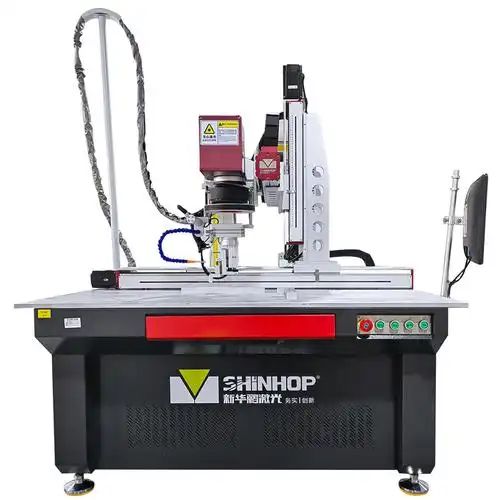Is the Soft Pack Battery Welding Market Set to Surge?
Wednesday,02 Apr,2025

The Soft Pack Battery Laser Welding Machine Market is gaining momentum in 2025, propelled by the electric vehicle (EV) boom and the rising demand for lightweight, flexible battery designs. Soft pack batteries, prized for their adaptability and energy density, rely heavily on precision laser welding for assembly, making this niche market a critical cog in the broader energy transition. Industry estimates suggest the global battery welding equipment sector could grow at a CAGR of 6-7% through 2030, with soft pack applications carving out a significant share.
The surge in EV production, particularly in China and Europe, is a primary catalyst. Soft pack batteries, unlike their cylindrical or prismatic counterparts, offer design flexibility that automakers crave for compact, high-performance vehicles. Laser welding machines, with their ability to join dissimilar metals like copper and aluminum with minimal heat distortion, are indispensable here. Yet, challenges such as high equipment costs and the need for skilled operators could temper growth, making innovation and accessibility key battlegrounds.
Regulatory pressures are reshaping laser welding trends. In 2025, policies like the EU’s Battery Regulation, mandating sustainable manufacturing, are pushing firms to adopt cleaner, more efficient technologies. Laser welding, with its precision and low waste, fits the bill, but compliance costs could strain smaller players. Meanwhile, subsidies for EV production in Asia are boosting demand for advanced welding solutions, positioning this market as a policy-driven hotspot.
Technological strides are elevating the Soft Pack Battery Laser Welding Machine Market. New machines boasting fiber laser systems and real-time weld monitoring are slashing production times—some achieving speeds of 100 mm/s, per industry reports. These advancements enhance weld quality for soft pack batteries, critical for safety and longevity. However, integrating such tech into existing lines remains costly, a user issue likely to spark debate in 2025.
Asia-Pacific dominates, driven by China’s battery giants, but North America’s EV push is closing the gap. User concerns—equipment reliability, upfront costs, and training—could ignite discussions online and at trade events. Controversies over laser welding’s energy use versus its eco-benefits may also heat up, making this a contentious yet engaging topic.
FQAs
Q: What boosts the Soft Pack Battery Laser Welding Machine Market?
A: EV growth, soft pack design flexibility, and precision welding needs drive a projected 6-7% CAGR through 2030.Q: How do policies affect laser welding trends?
A: Green regulations favor laser welding’s efficiency, though compliance costs challenge smaller firms.
Q: What tech is shaping this market in 2025?
A: Fiber lasers and weld monitoring systems cut production time, enhancing soft pack battery quality.
Q: Why is this market a hotspot for discussion?
A: Cost, reliability, and eco-impact debates will likely fuel engagement in 2025.

